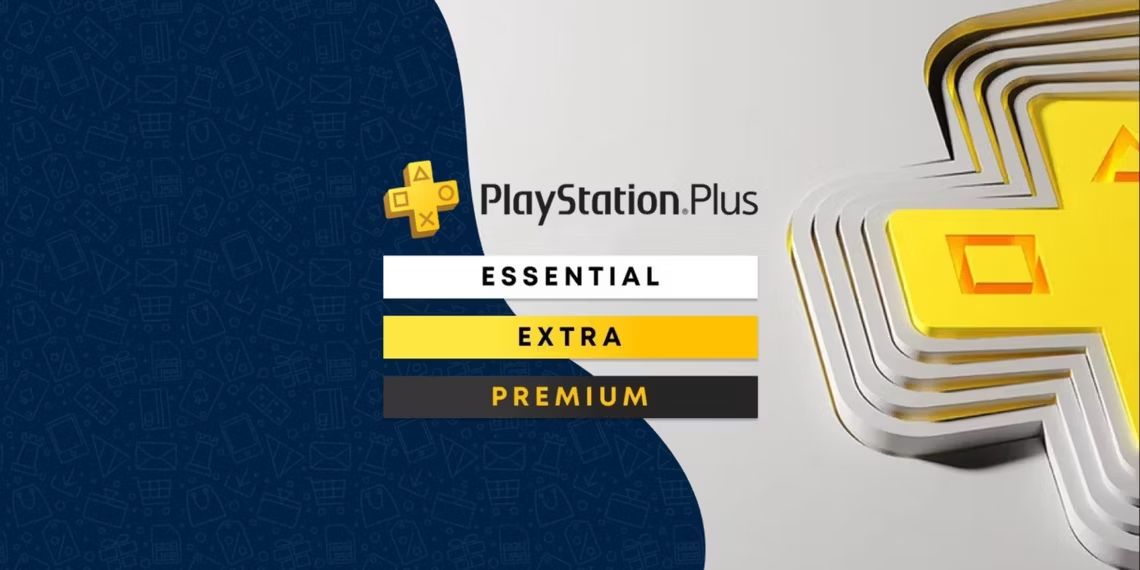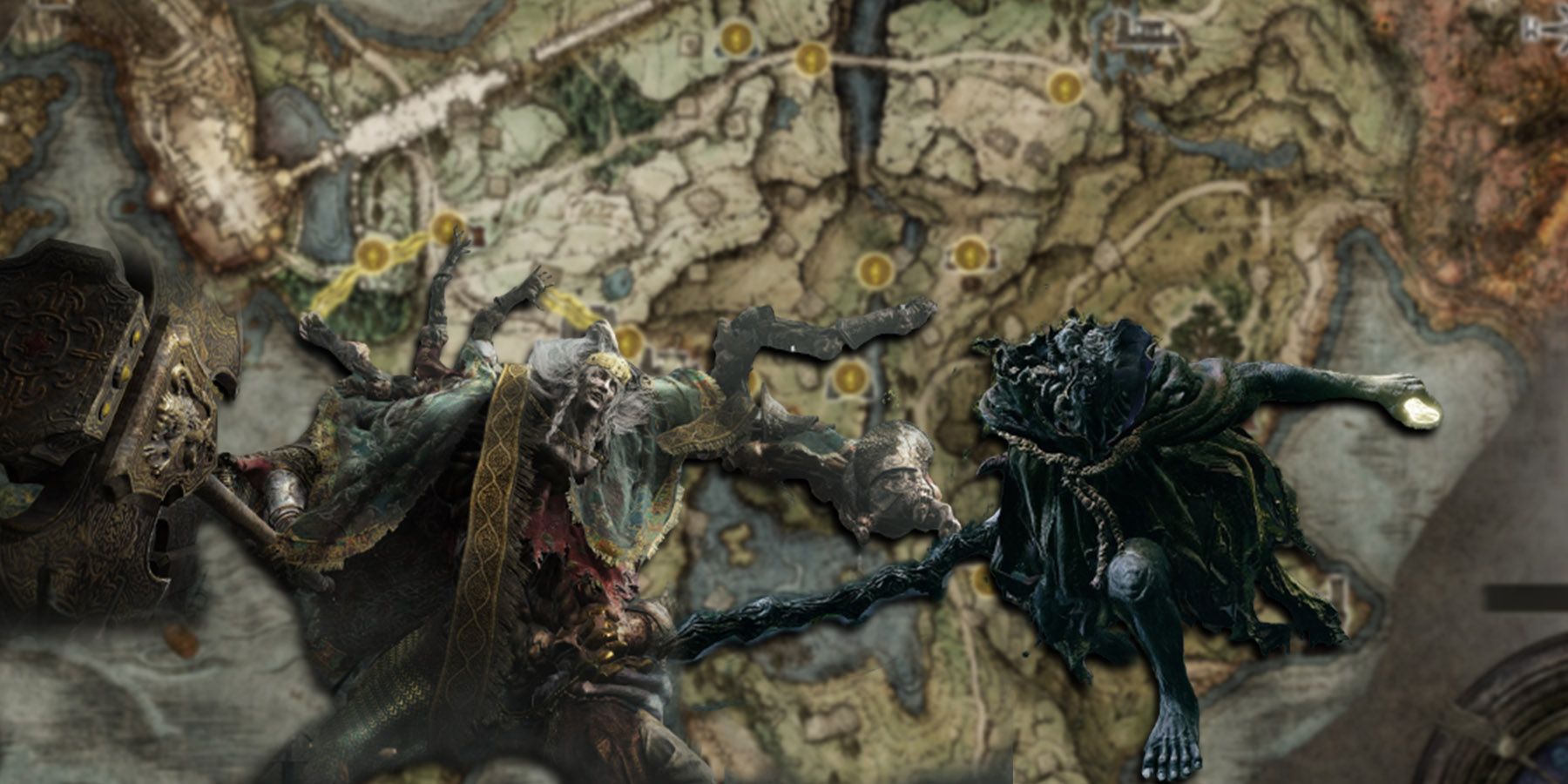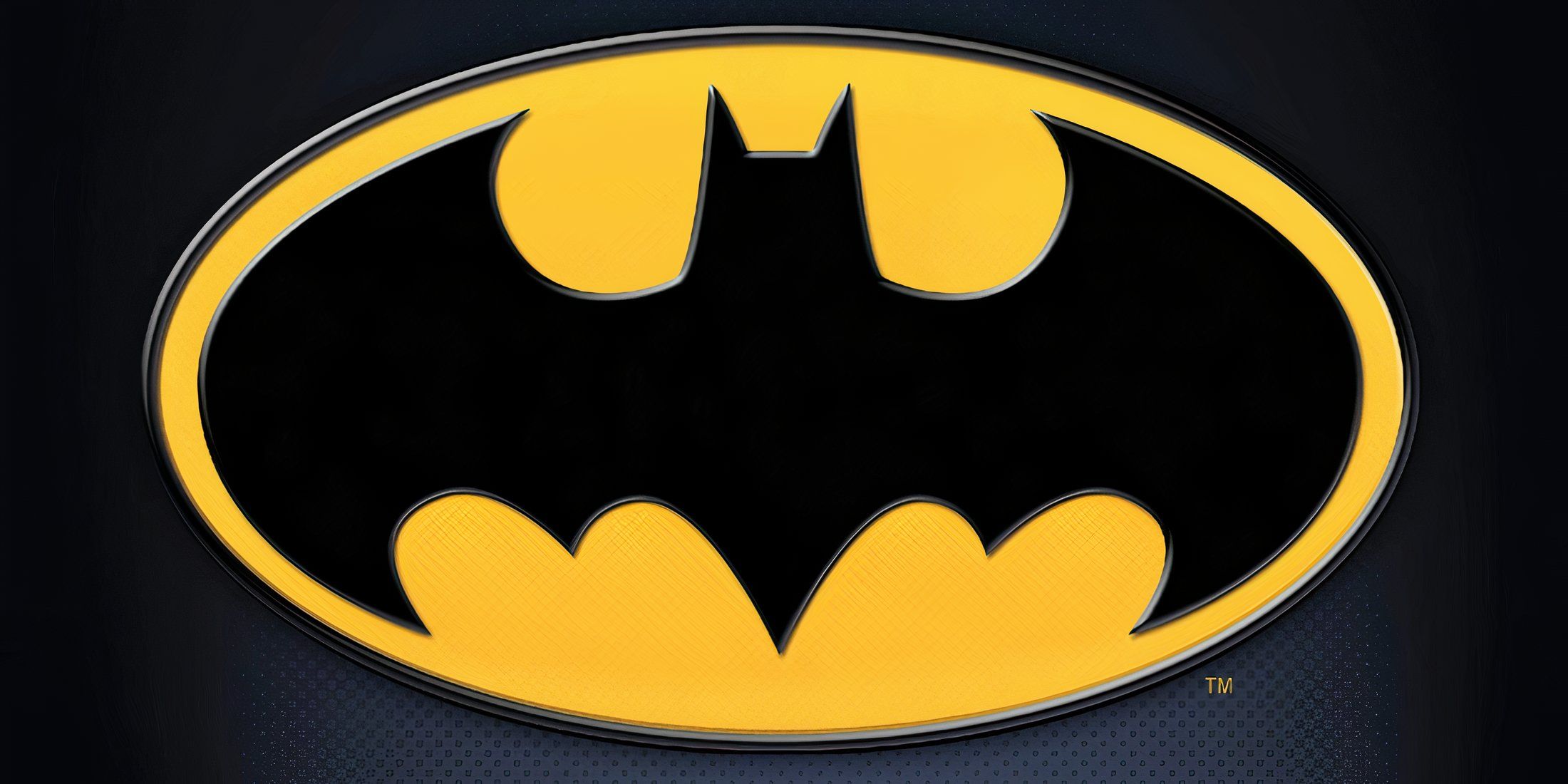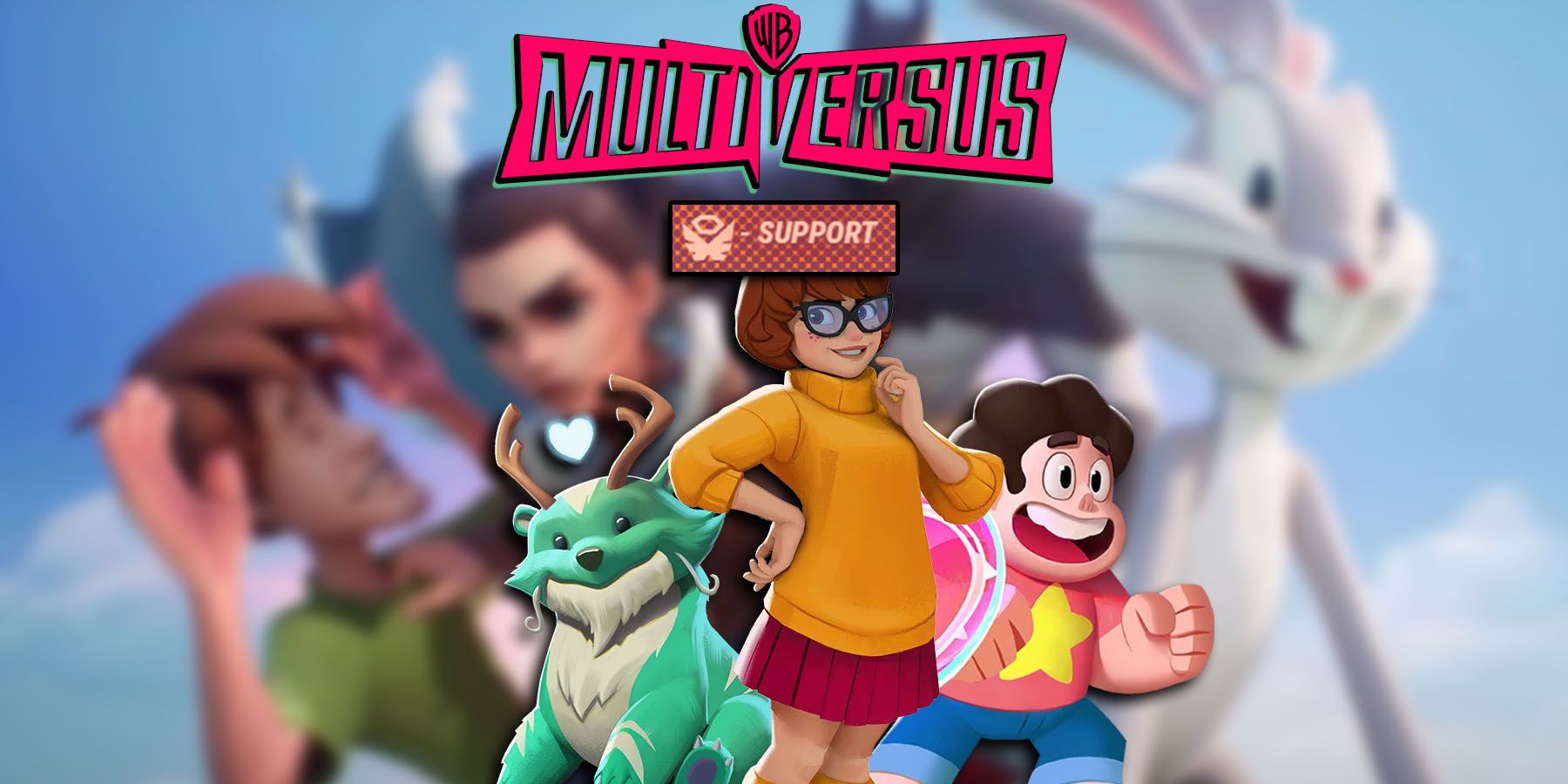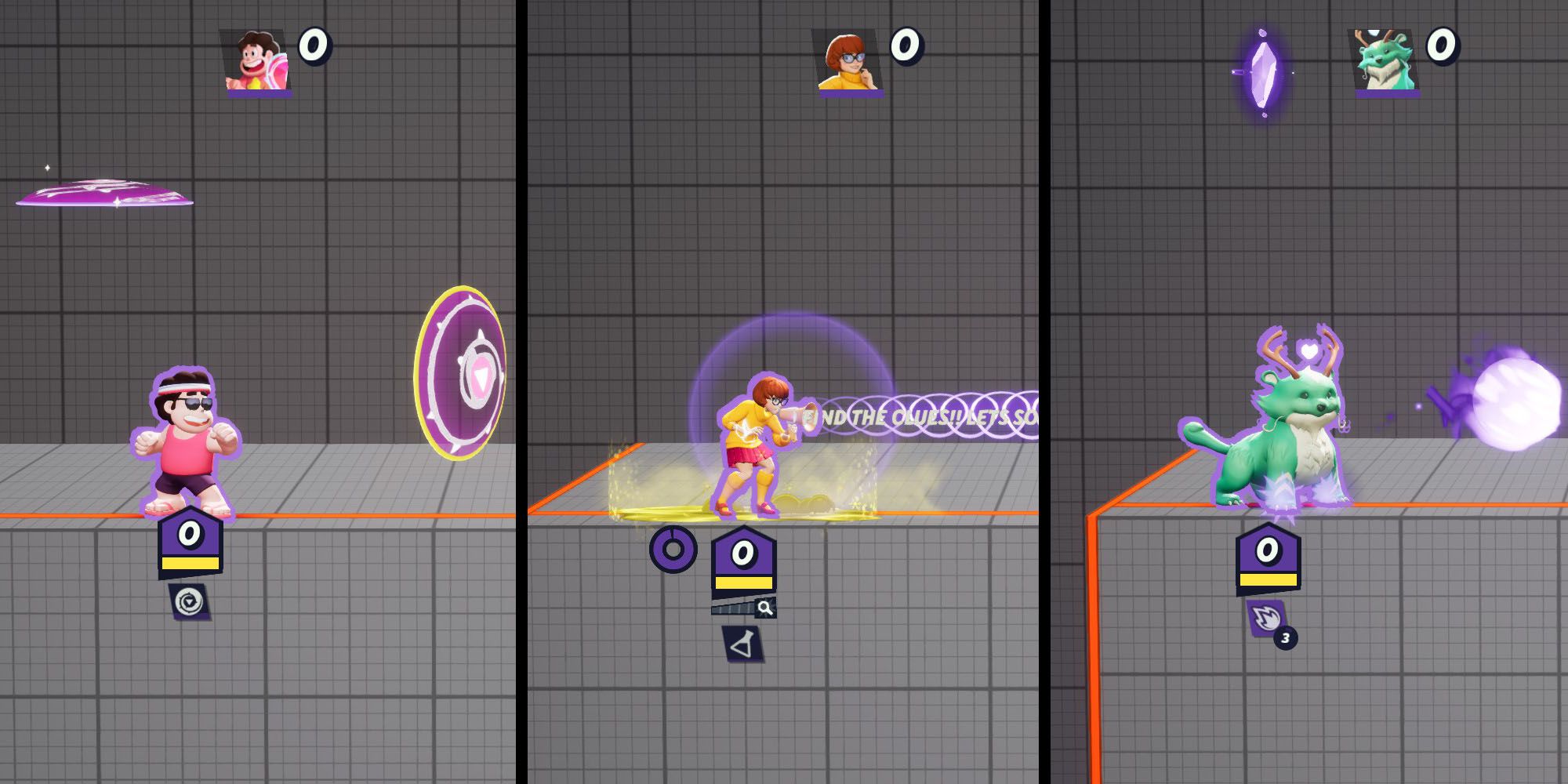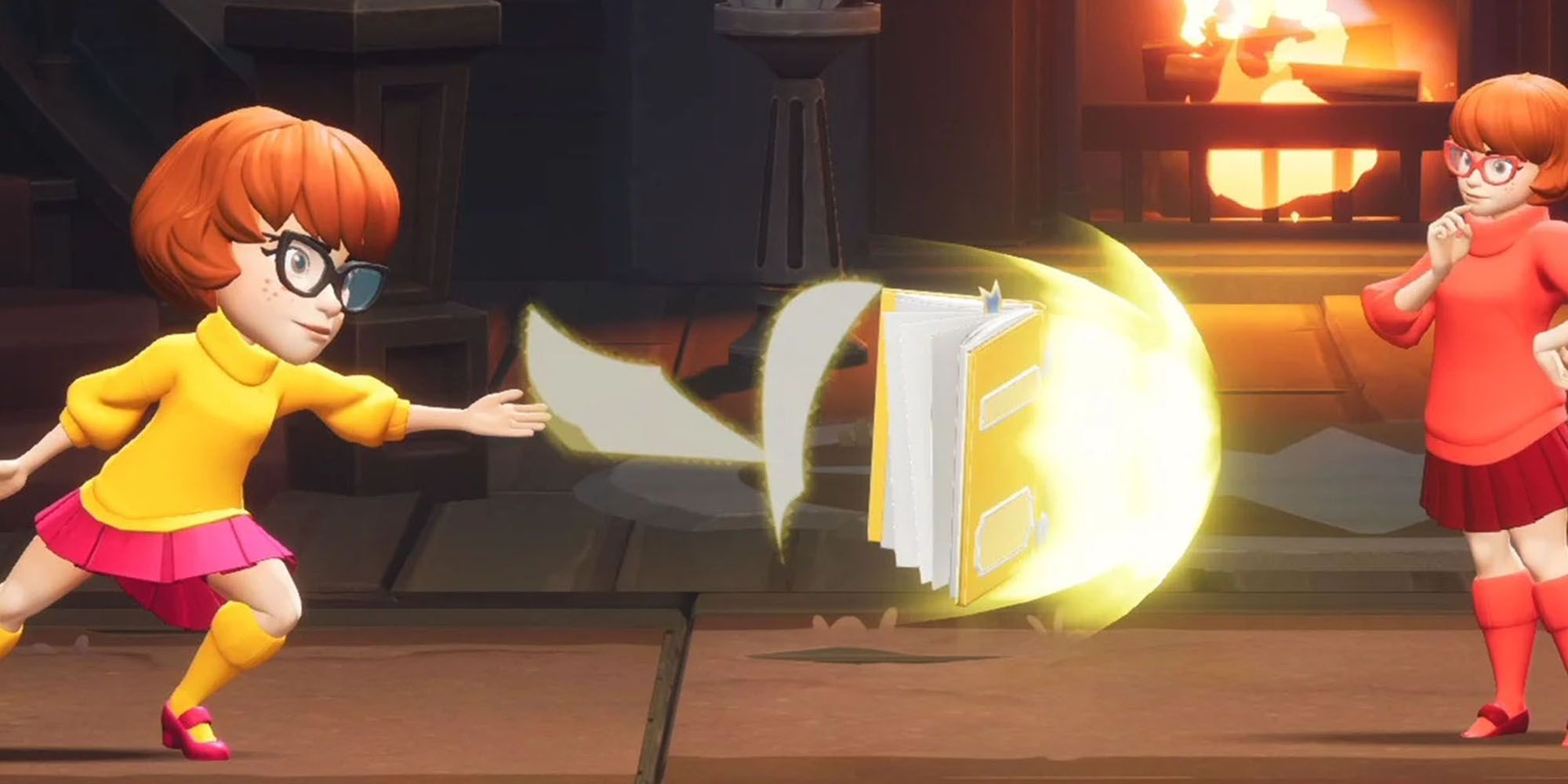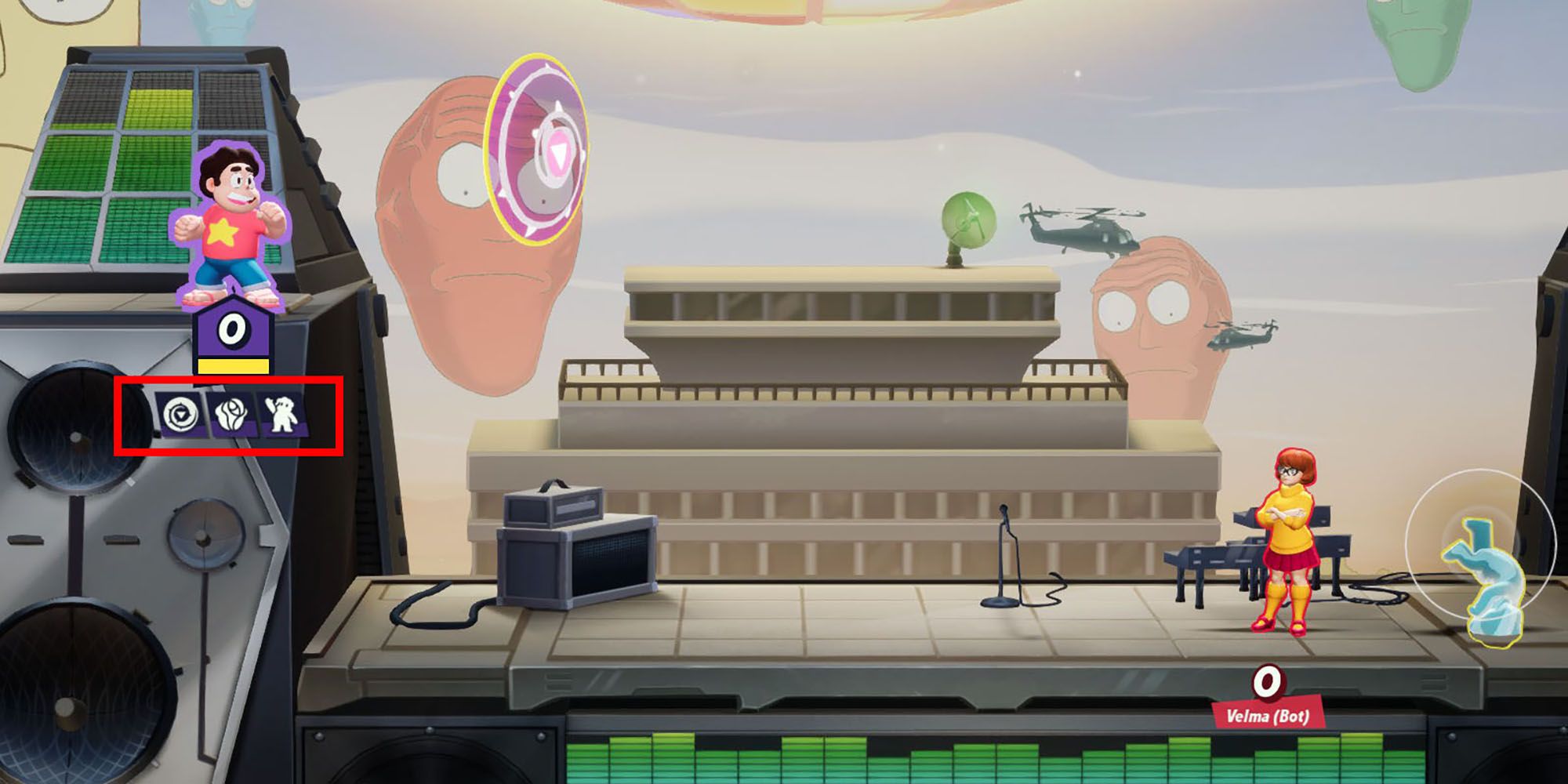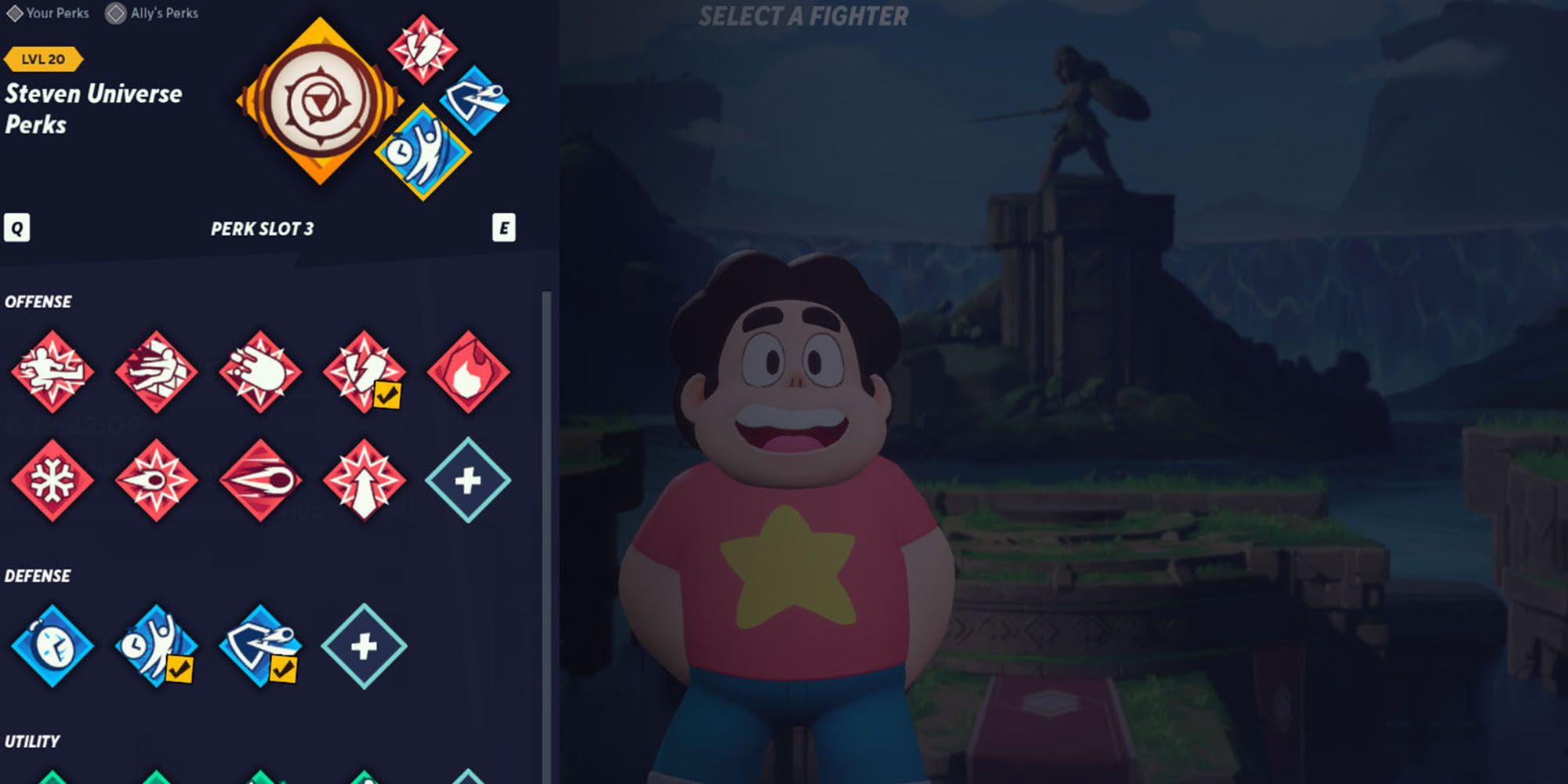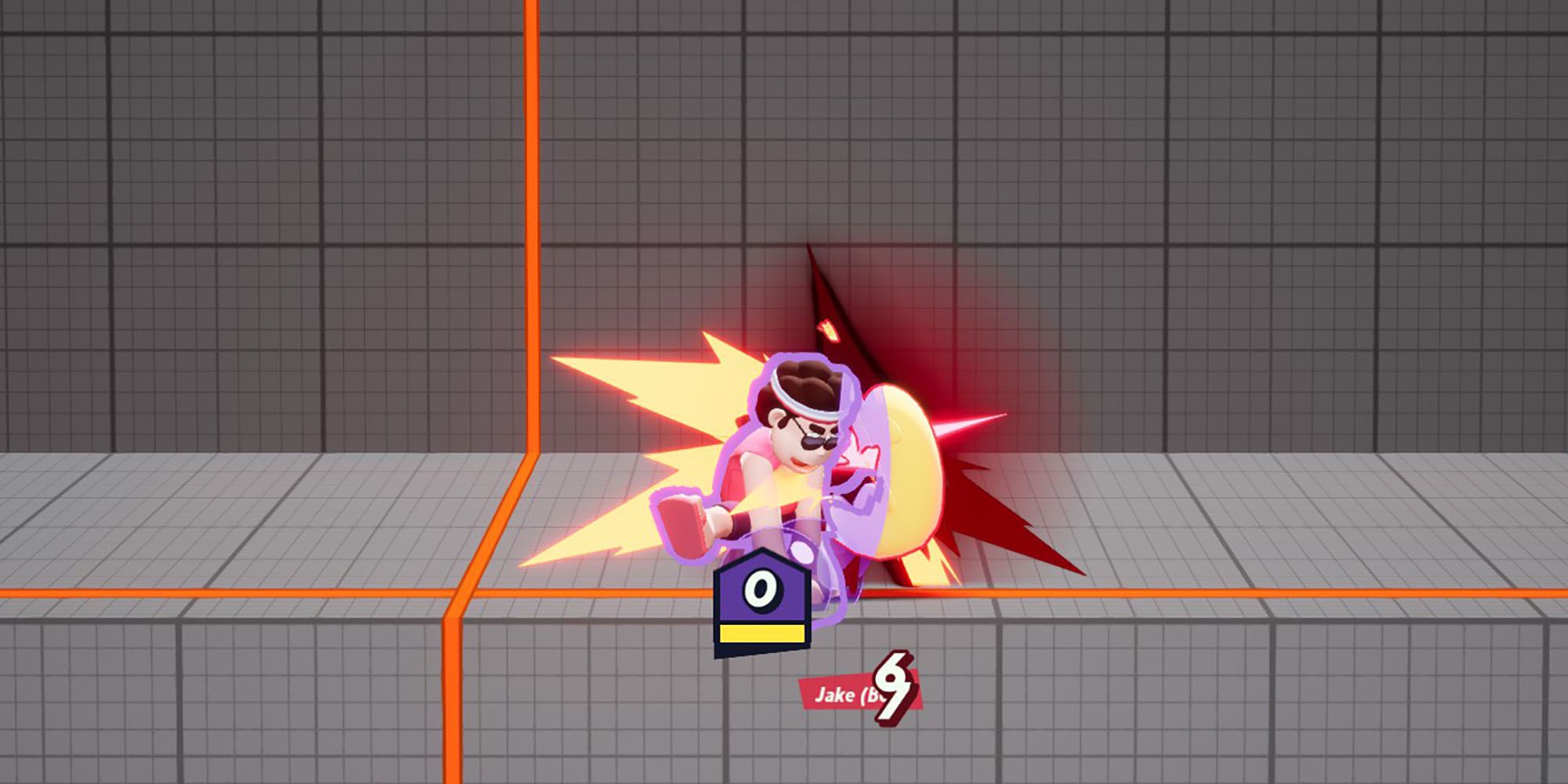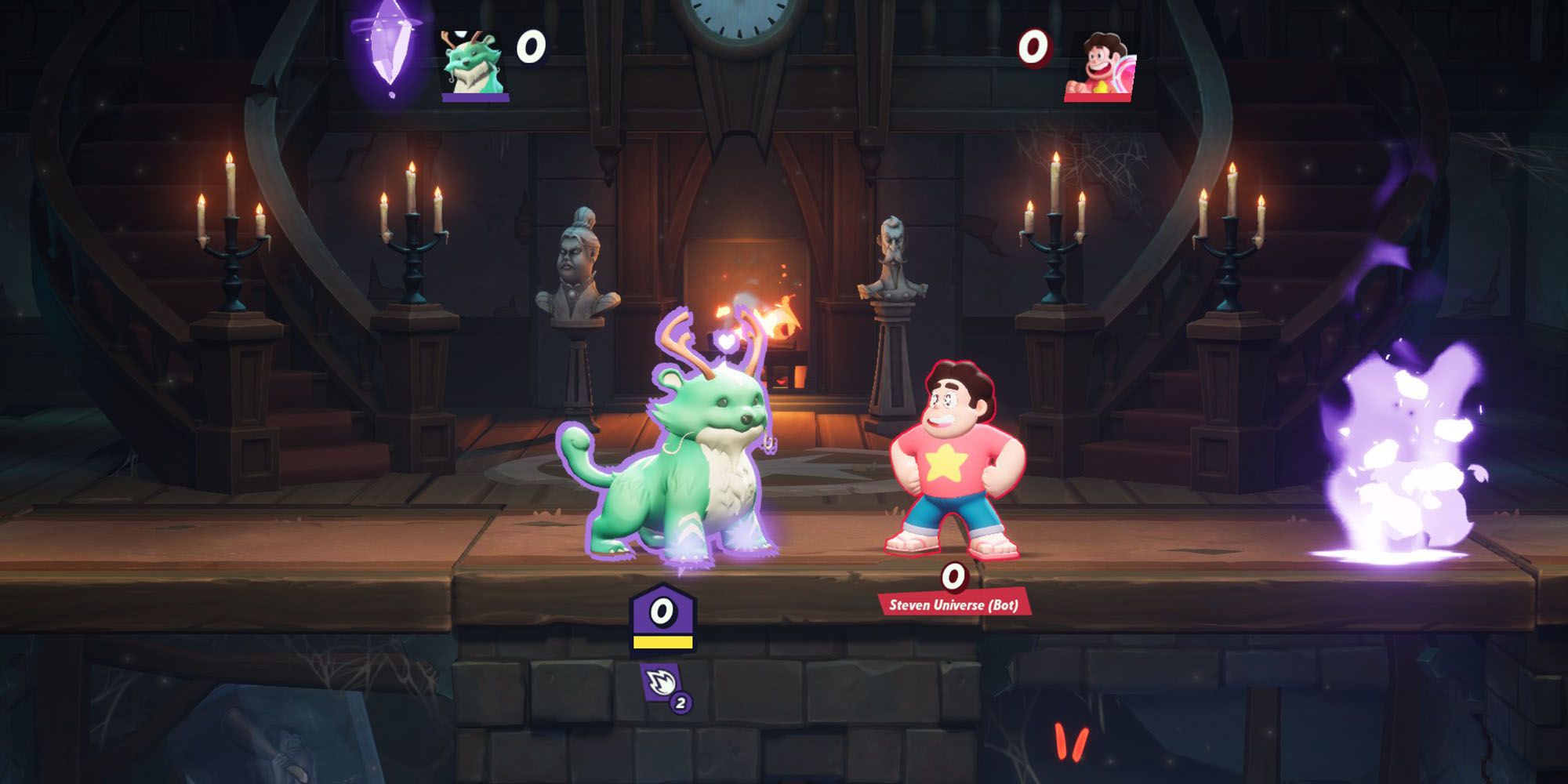There are five different playable classes in Warner Brother’s obscenely popular platform brawler, MultiVersus. Currently, there are Mages, Tanks, Bruisers, Assassins, and Supports. Now, MultiVersus is primarily designed as a Teams game, something that separates it from Smash, and in it, teams of two players constantly fight against each other.
And, in that respect, Supports are the Class with the highest potential influence on the match thanks to their abilities that both help their allies and hurt the enemy team. But, how exactly are Supports like Steven Universe, Velma, and Reindog meant to be played? Well, let's go over some of the biggest tips.
6 How Supports Work In MultiVersus
On paper, Supports in MultiVersus are designed to greatly influence a match without directly providing a ton of damage. Or, if they do a lot of damage, it comes from buffing their teammate's damage or getting hits when the enemy is distracted. In the actual game, however, Supports can absolutely carry a team in the right hands. All three of them have abilities that are meant to damage enemies but also do something beneficial when they interact with allies. For example:
- Reindog has his Power Crytal that hurts enemies but gives Allies electric attacks.
- Steven has his Shields that block enemies in general and also give Armor to allies they pass through.
- Velma has a wide range of projectiles, and when they hit allies they can give a variety of benefits from Cooldown Reduction to just general buffs. Frankly, Velma might be the best Support for Beginners, since all of her Support-type abilities can also hurt enemies.
But, to contrast this, Supports fall short in a few areas. For one, they're lighter characters, which means they are easier to Ringout. Two, their immediate Ringout potential is low, and they need to really capitalize on an unsuspecting enemy or get them to high damage percentages in order to KO on their own. And three, Their Normal Attacks are a bit weaker. Steven is stubby and doesn't reach far, Reindog's attacks are all relatively slow, and Velma's have very odd angles. So, players who want to main a Support will need to get behind the idea of either supporting a team from the back or really and truly mastering the character to overcome their weaknesses.
5 Learn How Supports Best Help The Ally
By design, Supports are characters that have tools that can buff their ally or debuff the enemy in some way, so the first step in playing a Support is learning what that tool is. For example, Steven Universe has the ability to give his ally a Shield while he holds the Dash input (as well as himself). Meanwhile, Reindog (who is free in the character rotation at the moment) is able to tether to his Ally and pull them out of danger in a pinch. And finally, Velma can give her teammate a buff that severely reduces the cooldown on their moves (as well as visually increasing their head size).
Mastering a Support is all about figuring out how to help teammates and mess with opponents, and when the best time to do either of those things is. Of course, that doesn't mean they don't fight enemies up close, they absolutely do. But, a "good" Support player takes note of the state of the match at all times and chooses when to back off and poke enemies/buff allies from afar or go in for the KO.
4 Try & Internalize Cooldowns
One thing that all three Supports in MultiVersus are highly dependent on is their cooldowns. On cooldown, Steven can’t throw or spawn shields, Velma has a severe lack of projectiles, and Reindog can’t Leash his ally out of danger.
Each move with a cooldown in MultiVersus has a different length of time before it comes back up, and while there are visual indicators below the character while their move is on cooldown, it’s a good practice to start internalizing the amount of time it takes to come back up. That way, a player can use their other options at the most optimal time, so they’ll have their Cooldown-based moves up right when they’re needed.
3 Perks Have More "Oomph" On Supports
This next tip might be polarizing, but Supports feel like the Class that gains the most from well-picked Perks. To give some examples:
- All three Supports use a lot of projectiles, so Perks like Make It Rain Dog, Deadshot, or Ice To Beat You can have a massive impact.
- Supports also constantly inflict Debuffs on the team, with Steven doing it the least (but still doing it). Because of this, Perks like Hit 'Em While They're Down, Painted Target, or I'll Take That are very useful.
- Because they're easier to kill and can help their allies, most teams tend to "target" the Support in a match. To avoid being ganged up on, Supports running evasive Perks like Boundless Energy, Hit Me If You're Able, or Slippery Customer can keep them alive much longer.
Additionally, because they stand to gain the most, Support players also seem to change their Perks to match their opponents more often. This, sadly means that Support players spend more Gold on average Training Perks too. But, it's good to be aware of this ahead of time and start stockpiling Gold now.
2 Most Supports Also Fight Up Close
Supports, surprisingly enough, are also designed to be able to hold their own in a close-combat scenario. But, in exchange, they do tend to have a harder time actually Ringing Out opponents. Still, Steven has some honestly broken combo potential, Reindog has fantastically powerful normal with high priority, and Velma’s normals are difficult to avoid.
Don’t be afraid to get into the thick of it as a support player, more often than not, this is actually the best method for both supporting an ally and hurting the enemy at once, as a lot of the Support-type moves go through allies and hit enemies. Also, since Support players can fight up close, they should learn some combos as well.
As an example, an easy-enough combo for Steven Universe involves Down+Air into his three-hit Side+Normal combo, followed by his Steven Bomb Neutral Special and an Up+Special on top. Just because they're Support characters, doesn't mean they don't need some time in the Lab to figure out their best combos.
1 Control The Stage To A Degree
Lastly, let’s talk about Crowd Control and Area Denial. These are two terms anyone familiar with a variety of different game genres likely already knows, and these are also two ways that Supports can massively change the tide of a match in MultiVersus. Basically, this is in reference to how Supports can place objects down or modify a part of the arena to deny it to their opponents or guide them towards moving in a certain direction.
Steven has it with his placeable Shields, Velma has it with her projectiles as well as her Toxic Concoction, and Reindog is all about it with his Fireball or Power Crystal. Support players should try and keep this concept in mind as they’re fighting, as it can make a match so much easier or instantly turn the tide of a losing battle. Remember, Supports are meant to be difficult to "master", they're not like mastering a Bruiser such as Taz, it's a bit more about timing, spacing, and execution than with other character classes.
MultiVersus is available on PlayStation 4, Xbox One, PlayStation 5, and Xbox Series X/S.

